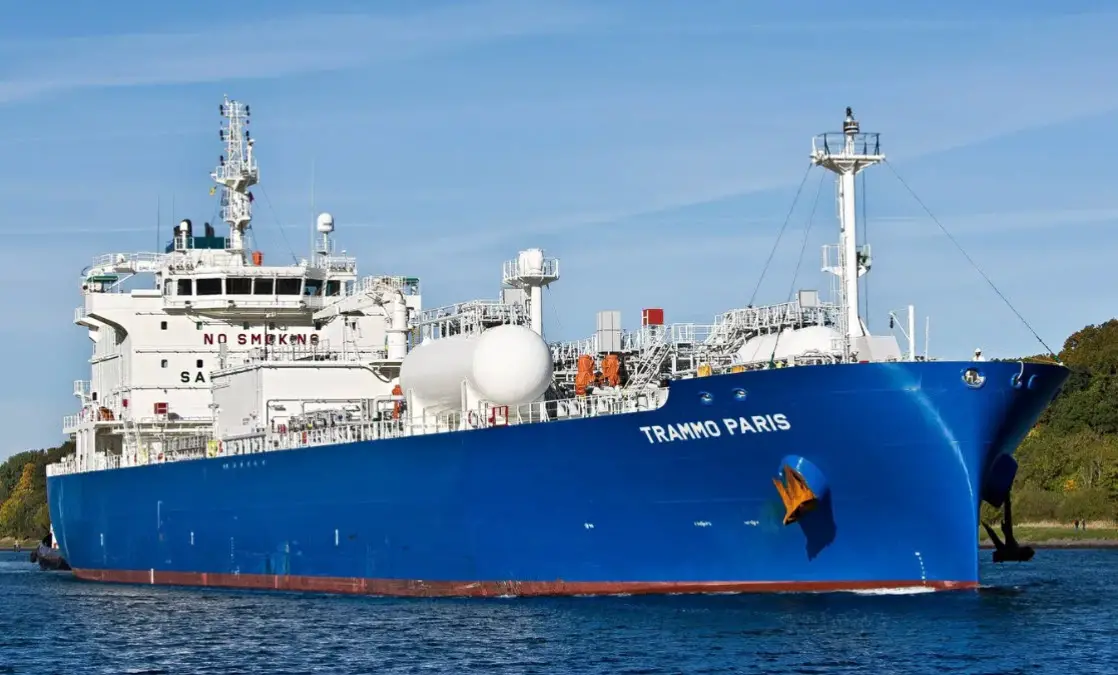What the Exxon and Trammo Partnership Means for the Future of Clean Energy
A Defining Partnership in Clean Energy ExxonMobil, a global energy leader, is teaming up with Trammo, a renowned commodity trading…

A Defining Partnership in Clean Energy
ExxonMobil, a global energy leader, is teaming up with Trammo, a renowned commodity trading and logistics company, to pave the way for a cleaner energy future. This collaboration hinges on a long-term agreement for Trammo to purchase between 300,000 and 500,000 tonnes of low-carbon ammonia annually from ExxonMobil’s Baytown facility in Texas. The project is shaping up to be a major step forward in meeting the growing demand for industrial and energy solutions that prioritize sustainability.
Trammo brings a critical element to this partnership. Beyond simply acquiring the ammonia, the company will tap into its extensive market and logistical expertise to ensure the product is distributed efficiently. Once sourced, Trammo will deliver the ammonia to key markets, including Europe, where it’s in high demand as a fertilizer feedstock and as a cleaner energy option for industrial processes. Their global supply chain infrastructure, complete with terminals, transportation networks, and practical know-how, ensures the ammonia will reach the right industries and locations with precision.
The President of Trammo, Christophe Savi, spoke of the company’s commitment to the project, emphasizing the critical role low-carbon solutions play in reducing greenhouse gas emissions. Similarly, Barry Engle, President of ExxonMobil Low Carbon Solutions, highlighted the local and international benefits, noting the potential job creation along the U.S. Gulf Coast and the strengthening of energy exports. These shared goals underscore how partnerships like this can scale innovation and make impactful changes in energy production and use.

Image Credit: Trammo
Cutting-Edge Technology Meets Logistics Expertise
The Baytown project stands out as a technological and environmental milestone in the energy sector. At its core is ExxonMobil’s innovative approach to low-carbon hydrogen and ammonia production. This includes capturing over 98% of the CO2 emissions generated in the hydrogen production process, thanks to advanced carbon capture and storage (CCS) technologies.
Here’s a closer look at how it works. Hydrogen is typically produced by breaking down methane through high-temperature steam. This process emits carbon dioxide as a byproduct. What’s groundbreaking about ExxonMobil’s method is that instead of letting that CO2 escape into the atmosphere, it’s safely stored underground, nearly eliminating its impact on the environment. The result is hydrogen with a significantly reduced carbon footprint. This hydrogen is then combined with nitrogen from the air to create ammonia, a compound packed with potential for decarbonization.
Trammo’s role kicks in post-production. Their expertise lies not only in acquiring the ammonia but in ensuring it gets where it’s needed most. For example, ammonia is critical to producing fertilizers for global agriculture, and cleaner fertilizers mean a reduced environmental impact. Additionally, ammonia is emerging as a promising zero-carbon fuel alternative, especially for sectors like maritime shipping that are hard to decarbonize with traditional methods. Through its vast network, Trammo will export the low-carbon ammonia to markets worldwide, unlocking its potential to drive sustainability in multiple industries.
Global Collaborations Driving Clean Energy Forward
Beyond Trammo, ExxonMobil has forged several influential partnerships to ensure the Baytown project reaches its full potential. For instance, the Abu Dhabi National Oil Company (ADNOC) has recently taken a 35% equity stake in the project. This collaboration is expected to accelerate decarbonization efforts across hard-to-abate sectors like energy, transportation, and heavy industry, with a focus on expanding access to lower-carbon fuels globally.
ExxonMobil has also partnered with Air Liquide to spur the growth of low-carbon hydrogen markets along the Gulf Coast, allowing industrial clients to decarbonize their operations. Additionally, Japanese energy giant JERA is exploring equity participation in Baytown and has plans to secure low-carbon ammonia supply to meet Japan’s evolving energy needs. Together, these partnerships underscore how multinational collaboration is essential for scaling clean technologies and creating shared value.
Why This Matters and What’s Next
The significance of this project goes far beyond the numbers or technology. The implications for sectors like agriculture, shipping, and industry are vast. Low-carbon ammonia and hydrogen provide a direct route to reducing emissions while supporting economies in their transition to cleaner energy sources. For steel producers, ammonia offers a way to power production processes more sustainably. For farmers, its use in fertilizers means fewer greenhouse gases generated by crop production. And for shipping, it holds promise as a sustainable fuel that doesn’t compromise performance.
While the Baytown facility’s completion is still on the horizon, with a final investment decision slated for 2025 and operations planned to begin in 2029, the work is already underway. Engineering, procurement, and construction services are moving forward, and by 2030, Trammo expects to distribute significant amounts of low-carbon ammonia to markets worldwide.
What's Your Reaction?






























































